Today, June 26, in Dnipro, the Ministry of Internal Affairs of Ukraine held the “Safe Community 2025” forum, during which the new MIA project, the “Community Rescue Officer,” was presented.
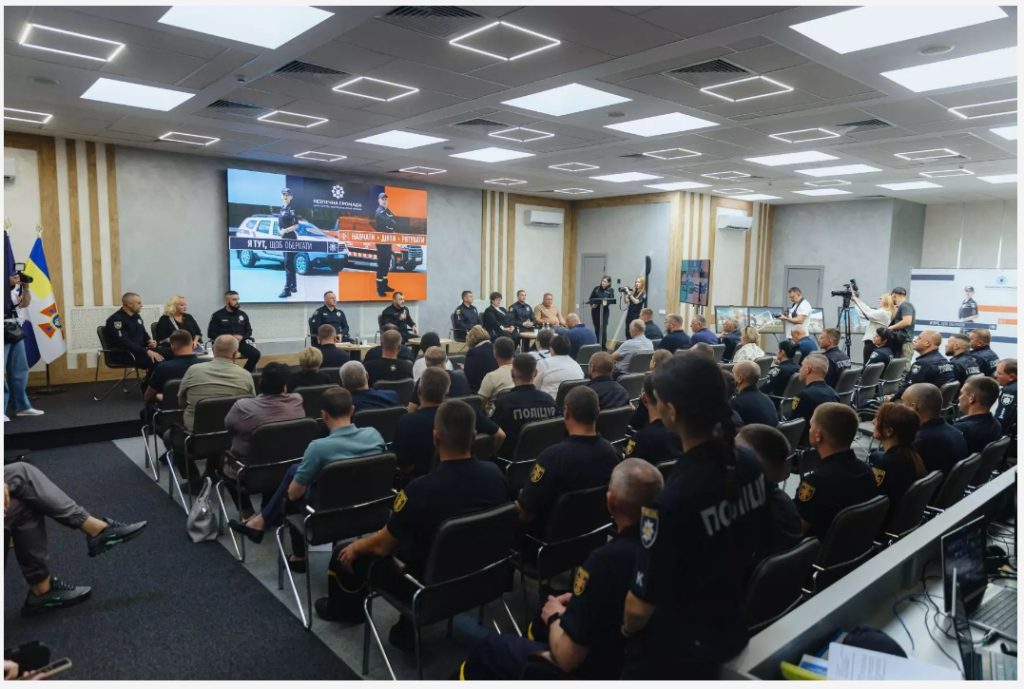
The event brought together representatives from the MIA, the State Emergency Service, the National Police, government authorities, and local self-government bodies to discuss strategic directions for developing safe environments amid full-scale war conditions.
Participants in the forum included the Minister of Internal Affairs of Ukraine Ihor Klymenko; Vice Prime Minister – Minister for Communities and Territories Development Oleksiy Kuleba; Head of the National Police of Ukraine Ivan Vyhivskyi; Head of the State Emergency Service Andriy Danyk; Head of the Dnipropetrovsk Regional Military Administration Serhiy Lysak; Head of the Zaporizhzhia Regional Military Administration Ivan Fedorov; as well as heads of territorial communities and others.
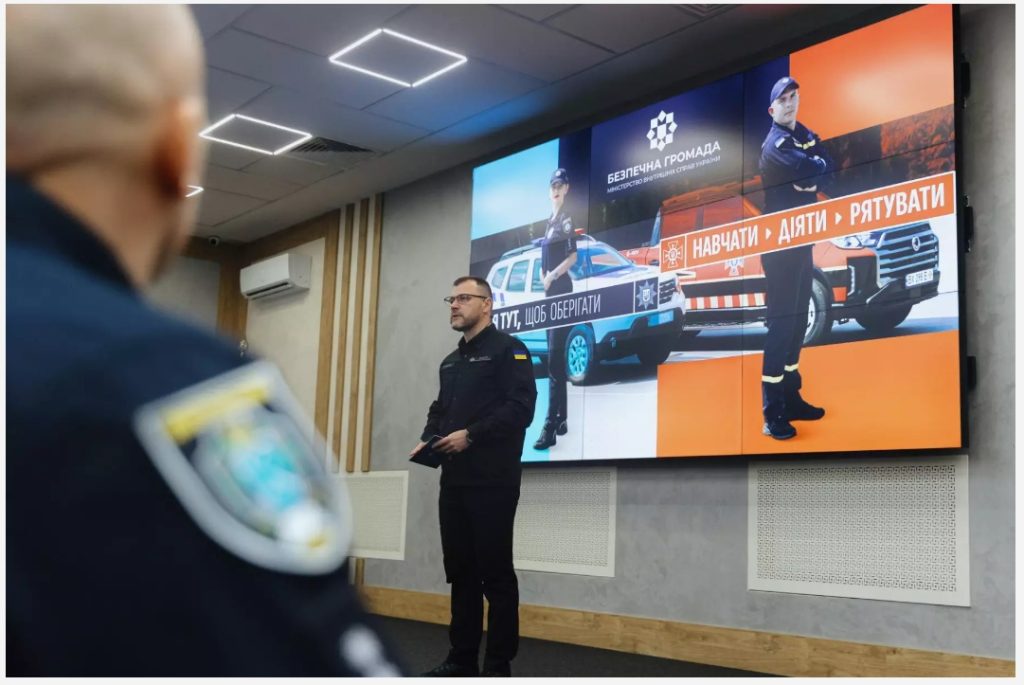
The primary goal of the forum was to focus on security projects aimed at ensuring the resilience of communities during the full-scale war. At the center were initiatives designed to strengthen the presence of security services within communities, foster partnerships with local authorities, and implement preventive mechanisms that enable preemptive action against threats.
Minister of Internal Affairs Ihor Klymenko opened the forum by detailing implemented and planned MIA initiatives aimed at strengthening safety within communities, including modernizing emergency response, introducing digital solutions for services, improving alert systems, and enhancing crisis readiness.
Ihor Klymenko emphasized that safety is not only about responding to threats but, above all, about creating conditions in which every person feels protected in daily life.
“Our country has now been living under full‑scale war for more than three years — a trial that has affected every family in our state, every settlement, every community. Even under shelling, we continue working so that Ukrainians feel safer. Safety is not just the absence of explosions and attacks; it is the ability to calmly accompany your child to school. It is confidence that, in case of danger, each of us will receive prompt and quality help. It is when public spaces are safe and services are convenient and accessible. We understand that when people feel safe — they will return home,” stated Ihor Klymenko.
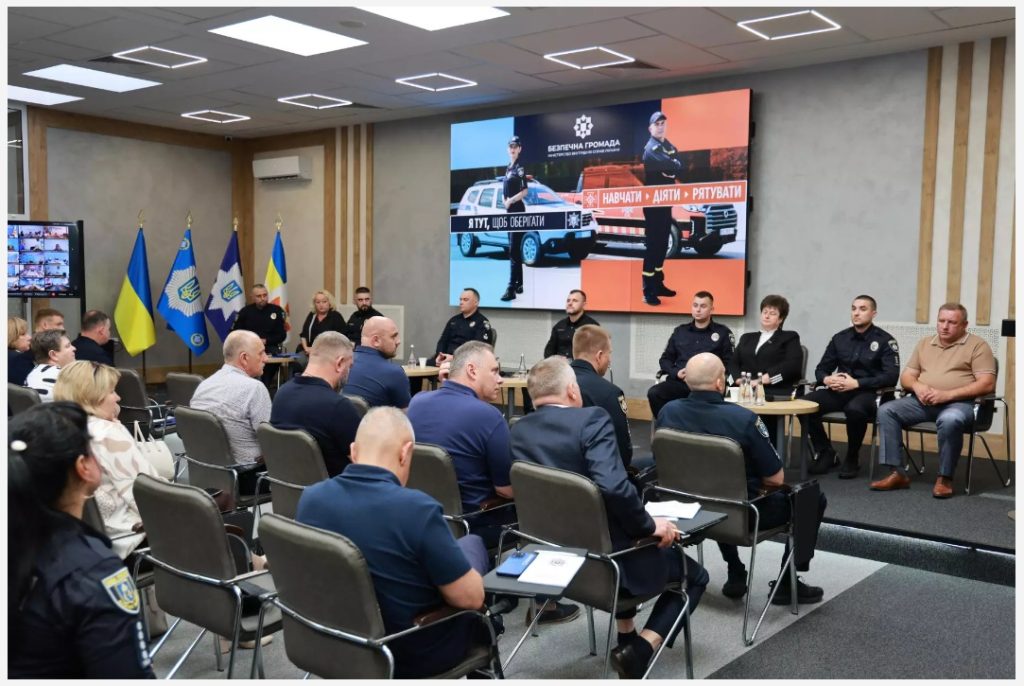
Vice Prime Minister Oleksiy Kuleba addressed the audience, discussing the role of local self-government during wartime, supporting frontline regions, and emphasizing the need to hear each community’s voice.
“I am grateful to the Ministry of Internal Affairs of Ukraine for the initiative and invitation. It is symbolic that this forum is being held in Dnipro — a city that daily proves that, despite the shelling, our communities and regions stand firm and help each other to recover. A safe community is a shared responsibility of the state and local authorities. Decisions ensuring people’s protection, recovery, and development are made at the community level. It is especially important to hear the voice of frontline and border areas, because that is where our country’s resilience holds today.”
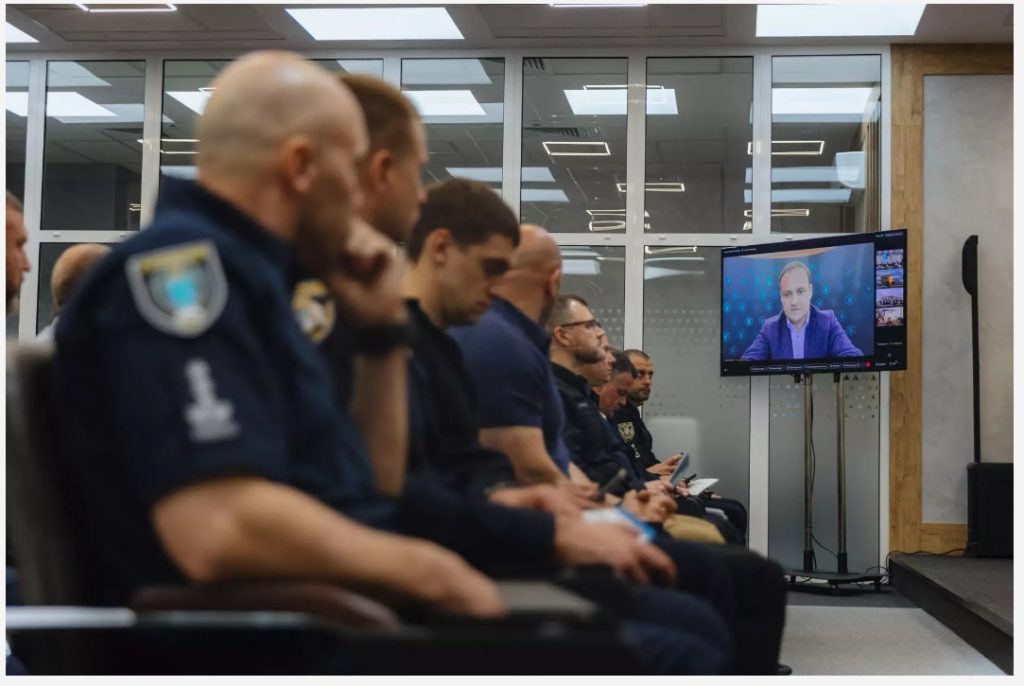
During the “Safe Community 2025” forum, Minister Ihor Klymenko introduced the MIA’s new security project — the “Community Rescue Officer,” intended to significantly improve the effectiveness of local civil protection systems.
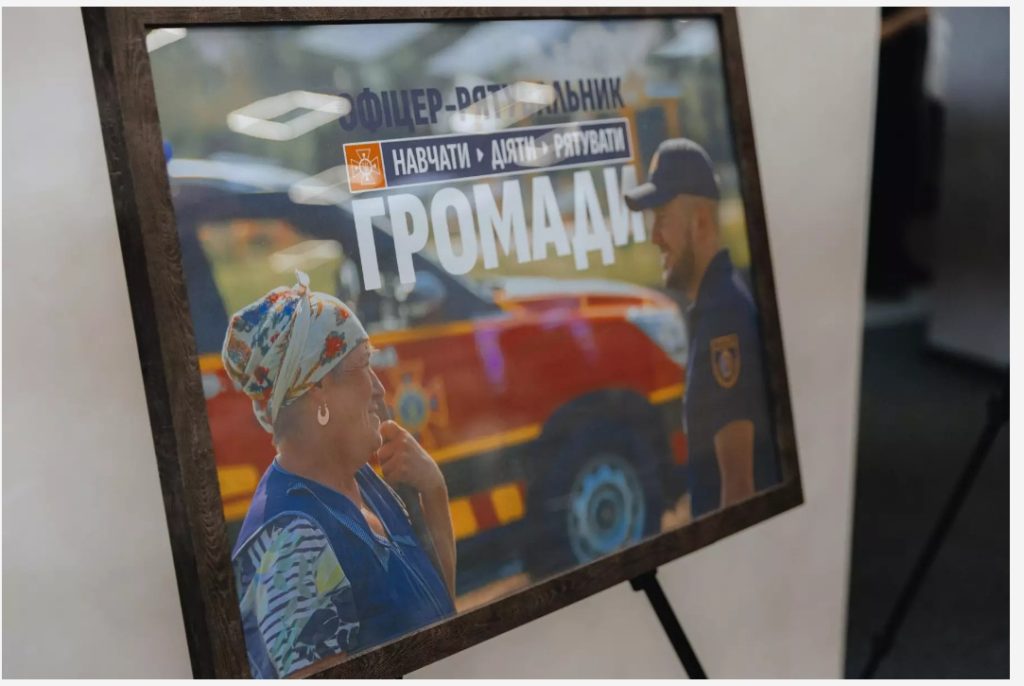
This project addresses contemporary challenges caused by full-scale war, requiring a new model of interaction with the public regarding security.
“For us, safety is our joint strategy and daily work. Today we are taking another step by launching a new project about real people, communities, and real help for them. This project is the ‘Community Rescue Officer.’ It will replace the outdated fire inspector system. Now, each community will have a person responsible for civil protection and assistance during emergencies. This is not merely control and giving instructions — it is real action. From identifying dangers to organizing evacuations, from risk work to assisting people in crisis. Together with community police officers, these rescuers will create a powerful safety shield for every one of us,” declared Ihor Klymenko.

“The Community Rescue Officer is not only involved in responding to emergencies. An important aspect is that they become an assistant to the head of the territorial community in ensuring the integrity of the civil protection system. This includes installing alert systems, implementing protective structure measures, direct participation with police in evacuations, and preventive work on fire safety and civil protection. At the same time, the community rescue officer will be responsible for forecasting risk threats,” explained Head of the State Emergency Service of Ukraine Andriy Danyk.
Andriy Danyk emphasized that the main goal of the project is to create a safe environment in which each community member feels protected. All functions and tasks assigned to the community rescue officer will be carried out directly with the community head. Currently, more than 200 territorial communities have joined the project.
This initiative is based on the successful experience of the “Community Police Officer” project, which has proven highly effective and built public trust. Details of this project and its results were discussed during the forum’s second panel.

Head of the National Police of Ukraine Ivan Vyhivskyi noted that the project has demonstrated its effectiveness not only in rear regions but also in communities facing daily security challenges. Having a community police officer allows for rapid response to threats, prevention of offenses, and building a new culture of trust in law enforcement.
“In conditions of war and internal challenges, the National Police of Ukraine continues implementing a range of security solutions to protect people. These solutions primarily rely on police–community interaction. The Community Police Officer is essentially a district officer of a new generation who not only responds to crimes but also lives within the community, knows its problems, and works to prevent them. This project has already been successfully implemented in 1,032 territorial communities across 23 regions of Ukraine, involving 2,316 community police officers.”
He also discussed Educational Safety Service Officers working in 1,523 secondary education institutions and safety classrooms teaching children rules tailored to current conditions. Moreover, Vyhivskyi highlighted surveillance systems, automated traffic violation recording, and the Unified Weapons Registry — over 1 million applications have already been submitted. These steps increase transparency, proper weapons accounting, and community safety.
Additionally, Minister Ihor Klymenko awarded “For Courage in Service” badges to community police officers from Sumy region who, despite constant enemy attacks, continue performing duties, maintaining order, and assisting frontline community residents, demonstrating resilience, professionalism, and commitment to their oath.
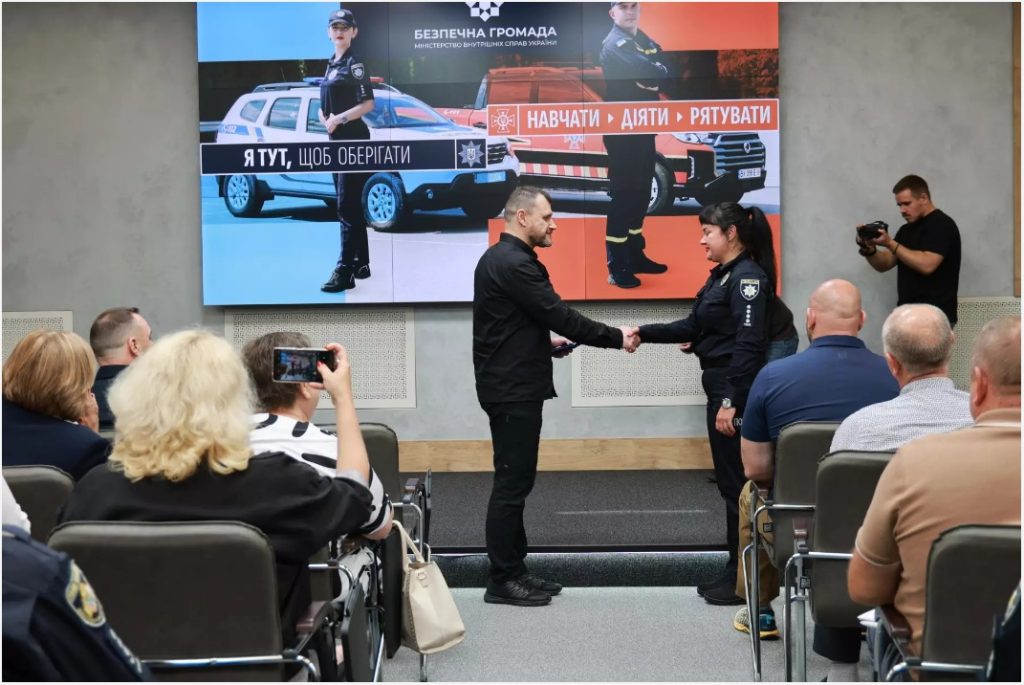
During the forum, heads of territorial communities shared their experiences interacting with both community police officers and the newly introduced community rescue officers. Their presentations offered tangible proof of how MIA reforms are already enhancing real-world security and trust at the local level. Practical cases from different regions demonstrated that security improvements work when the state and community act as partners.
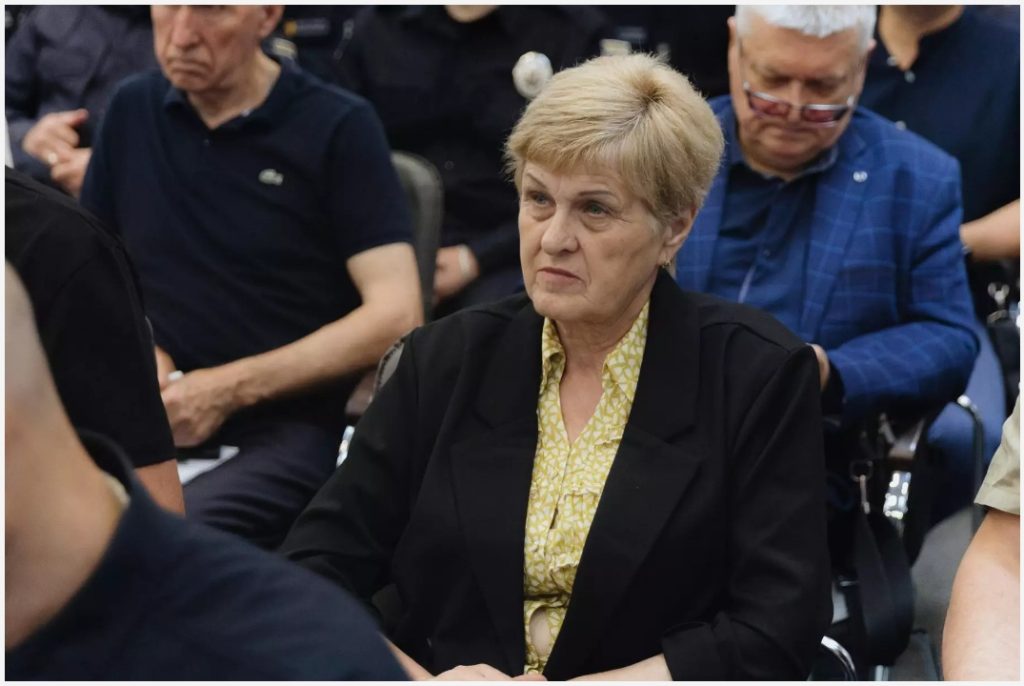
Based on materials from the Communications Department of the MIA of Ukraine
— 216

